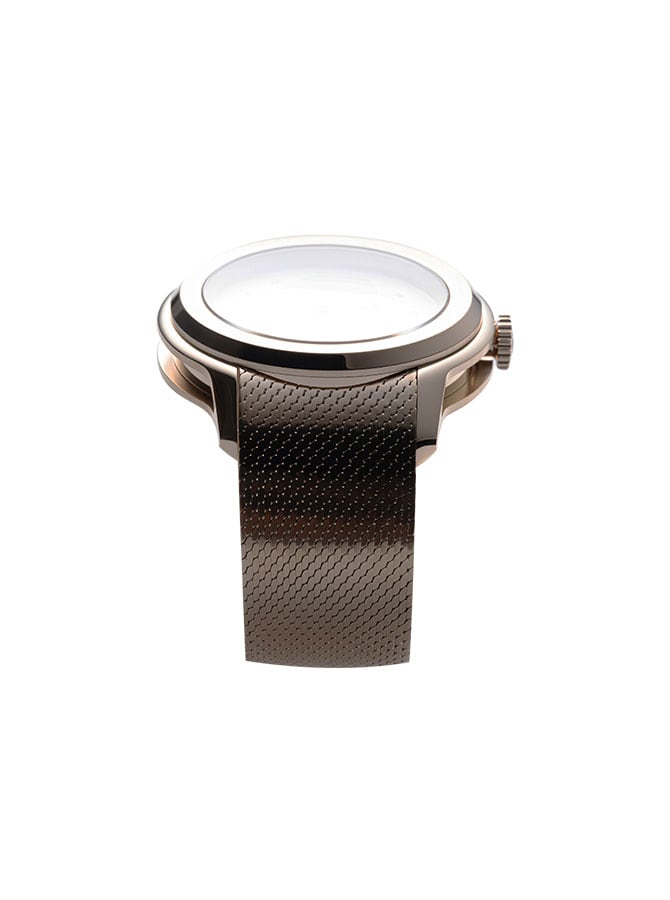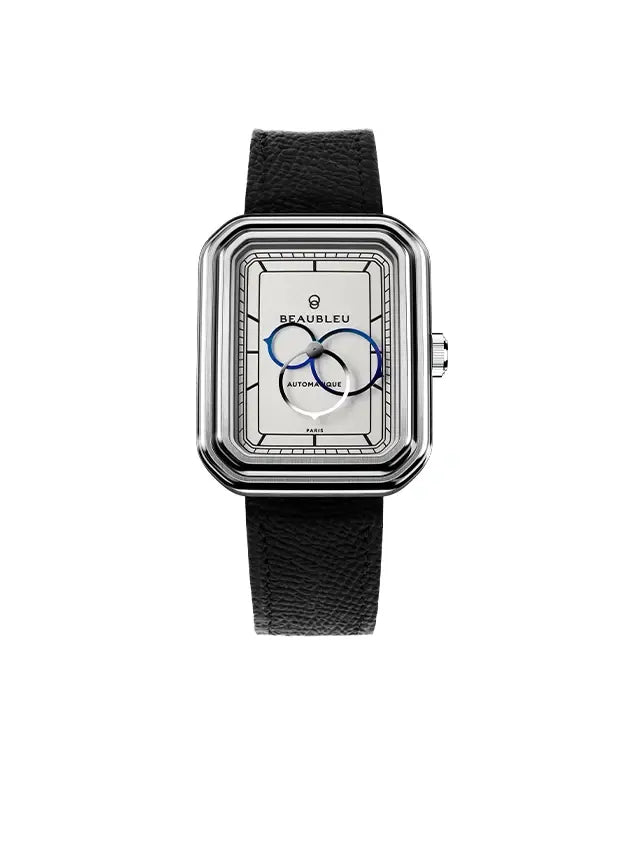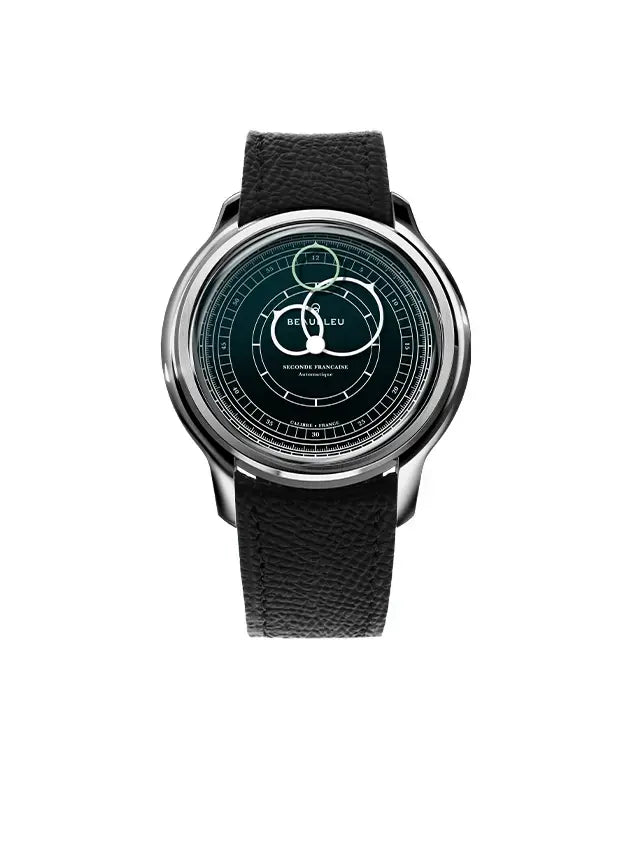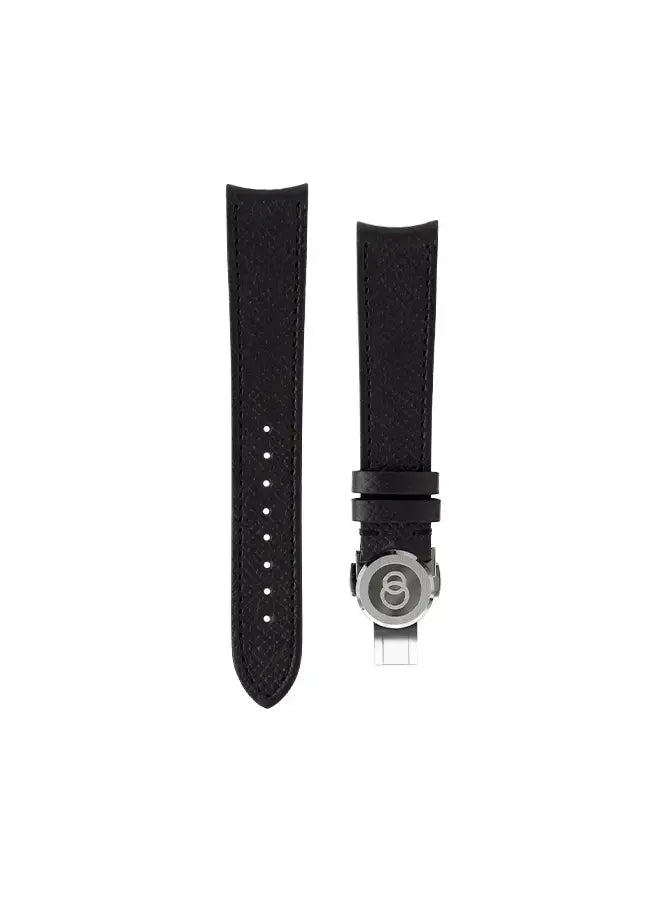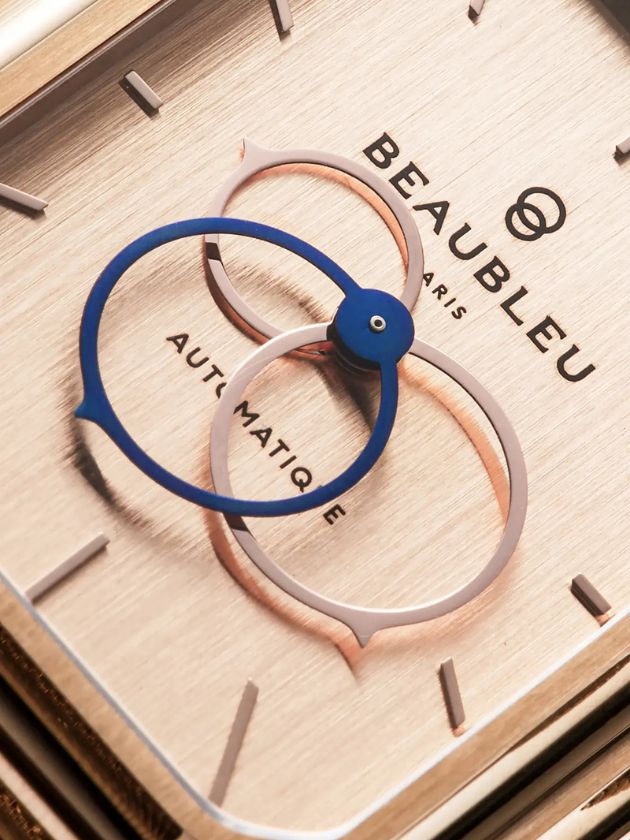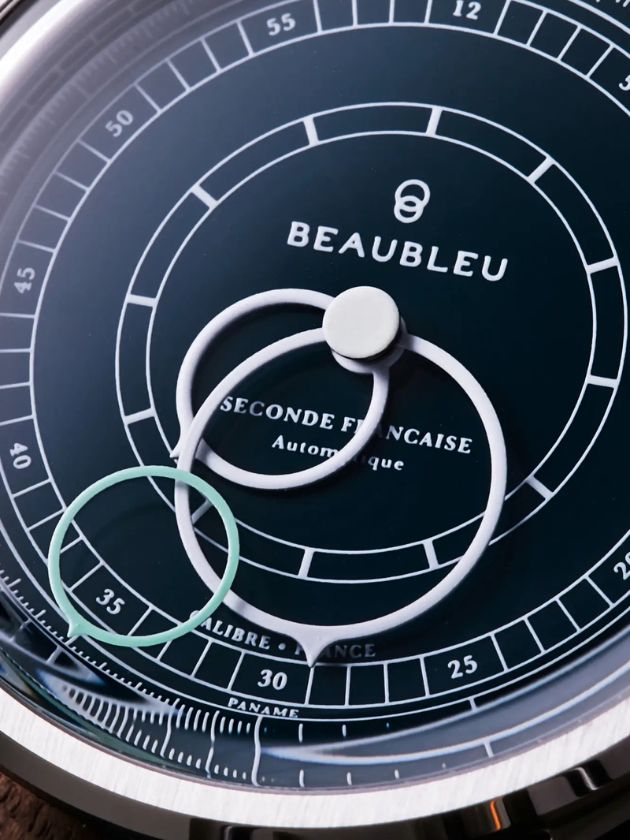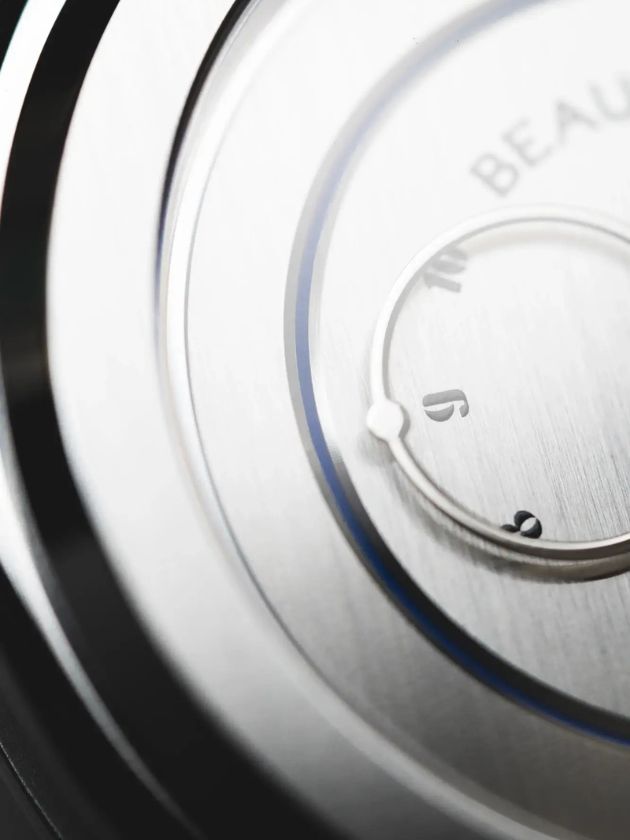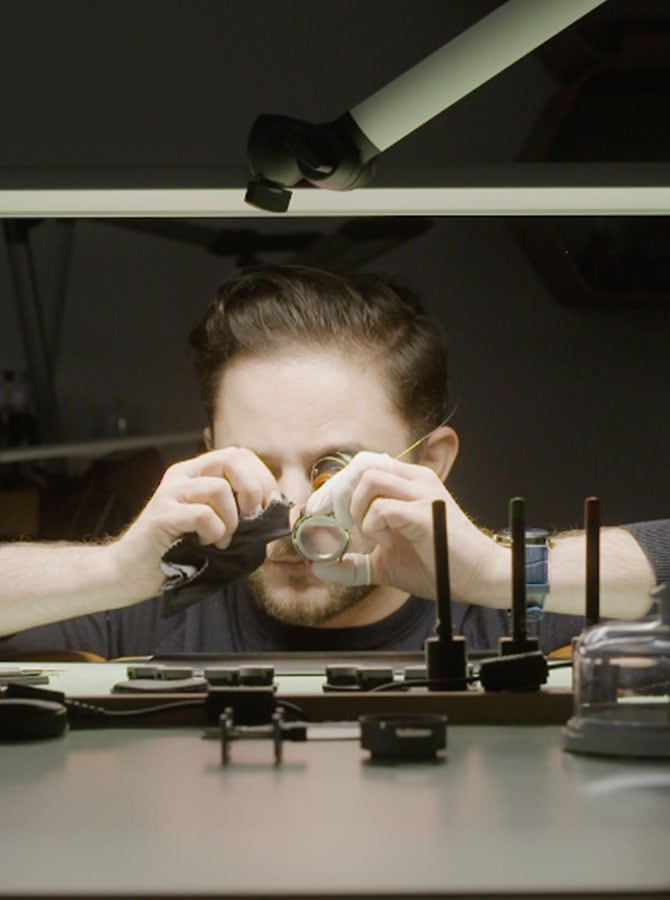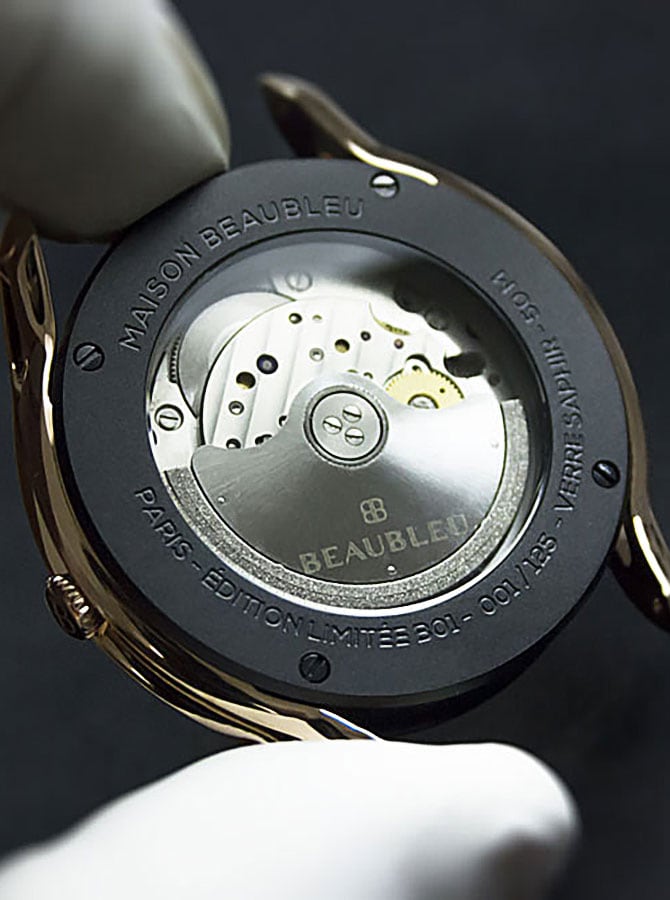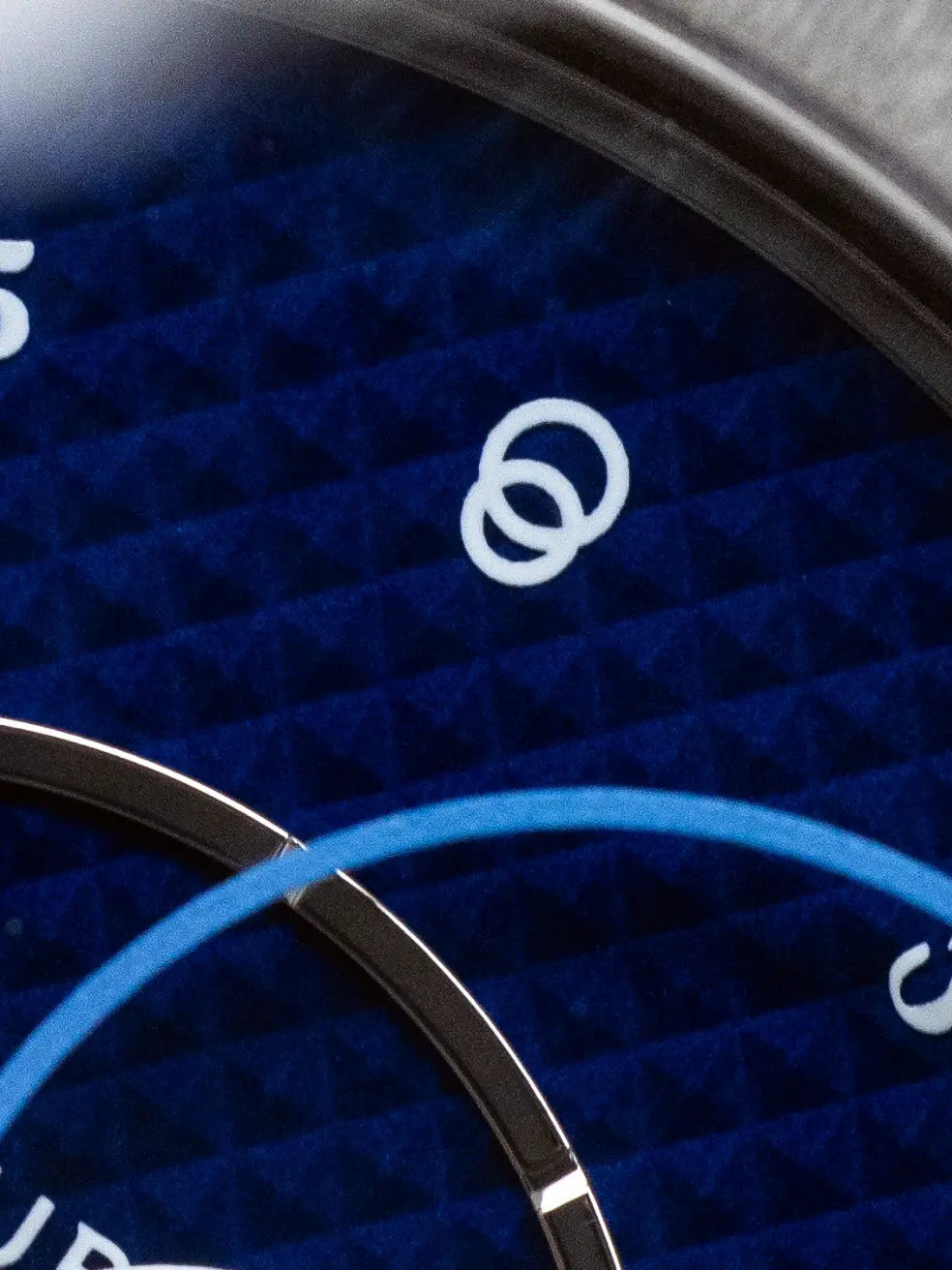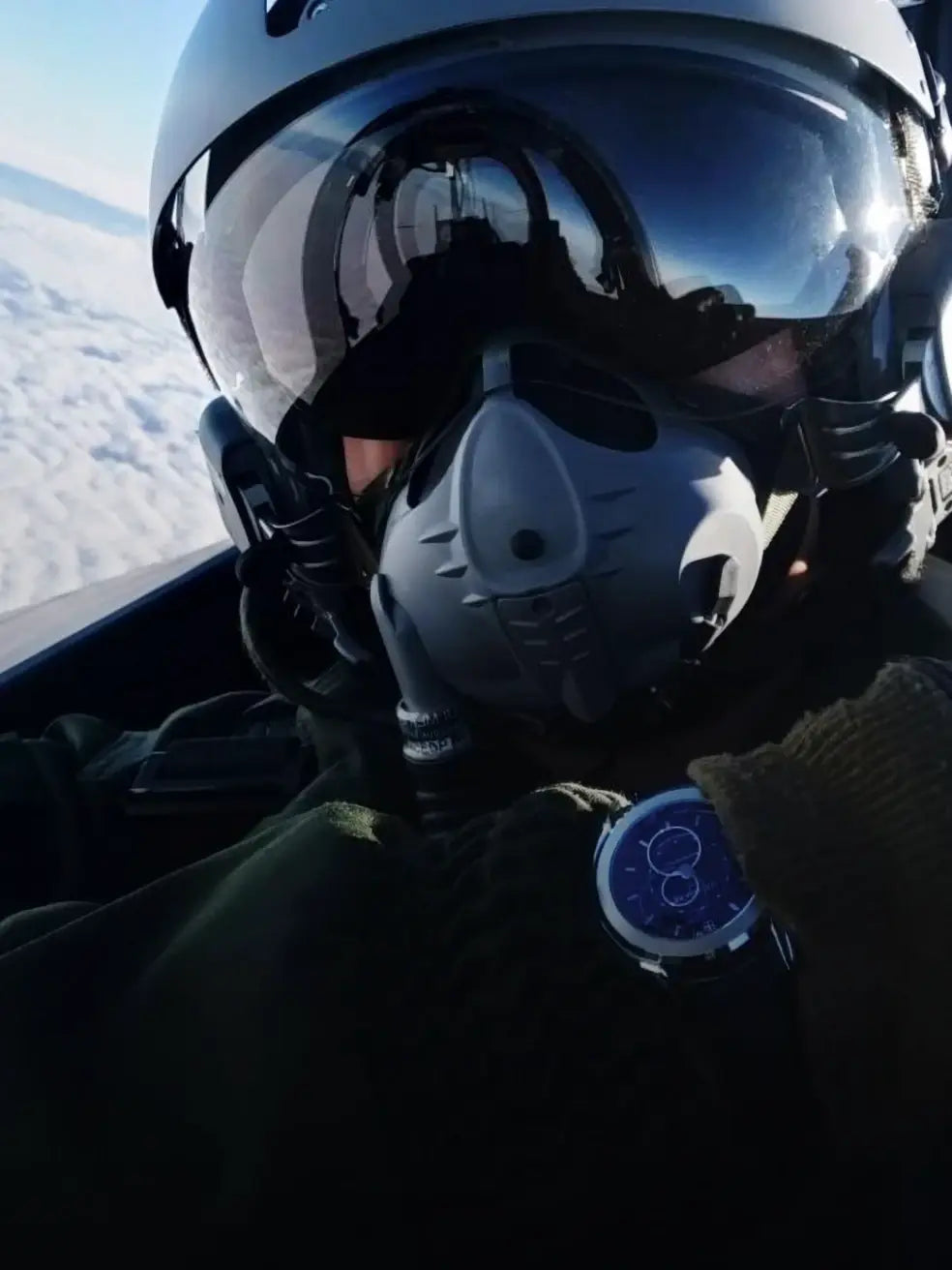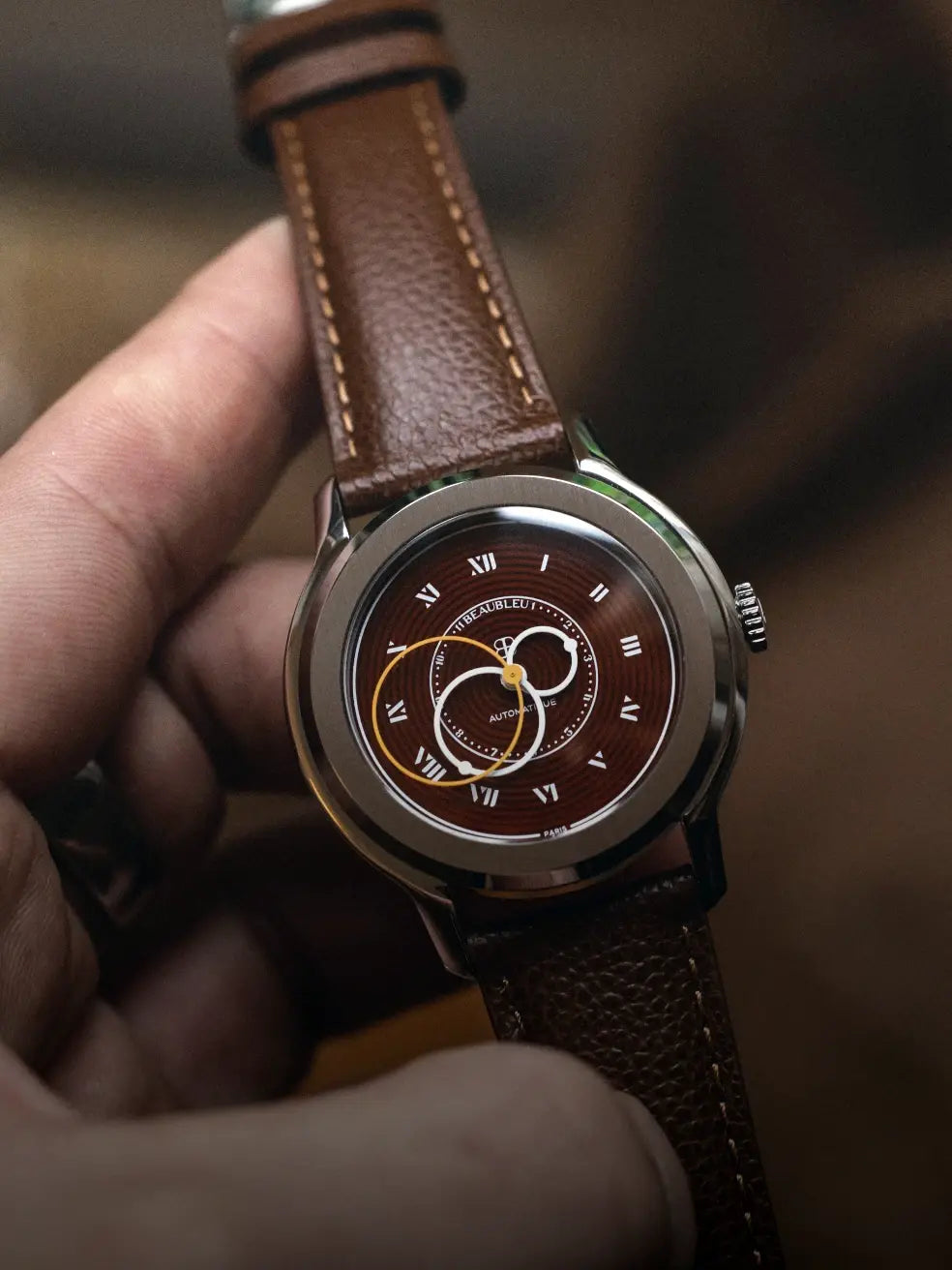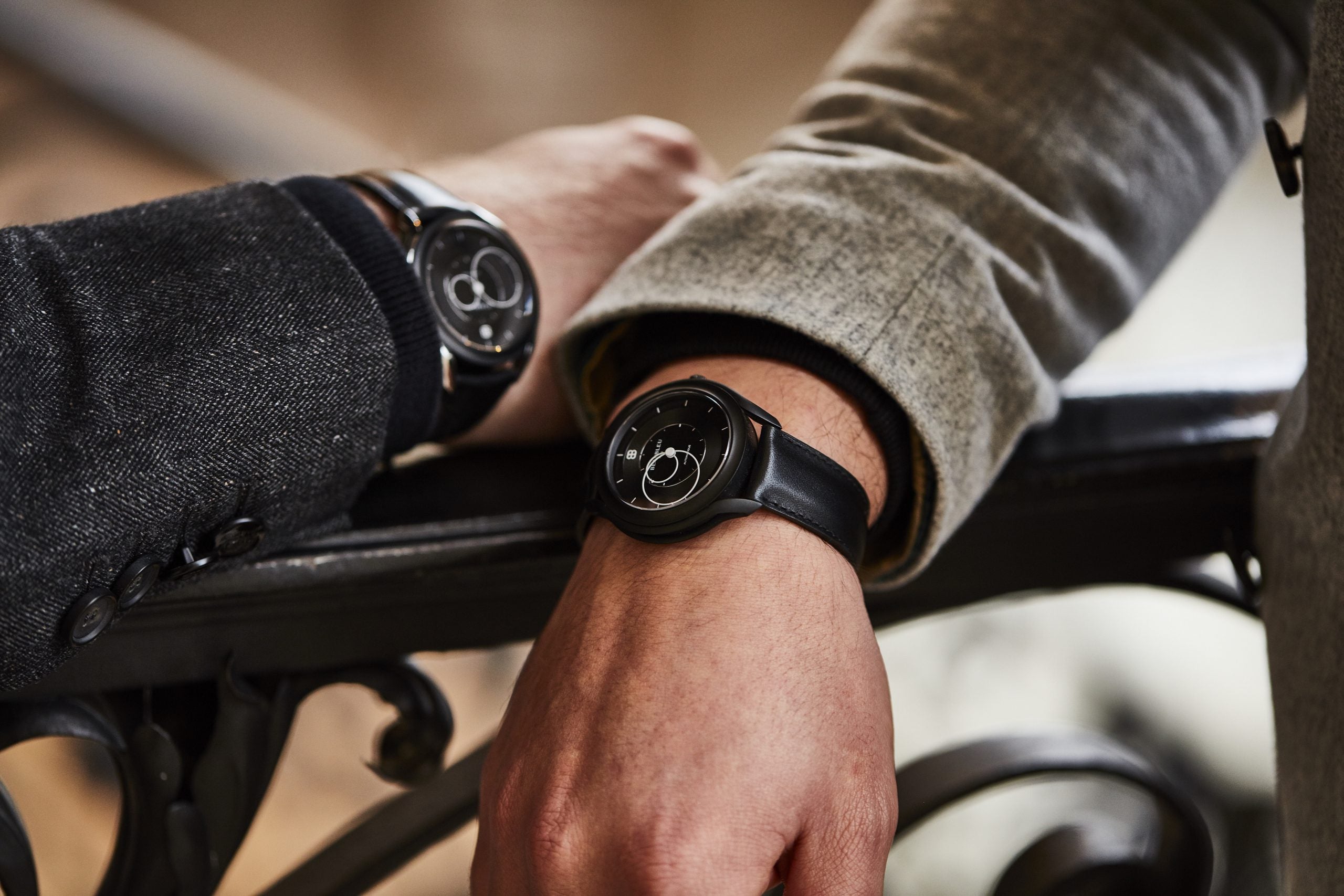
The beautiful story of hands
In a previous article, we told you about the Beaubleu round hands which offer a new vision of time as well as a more poetic reading of the time. Now we would like to take you back in time to tell you the history of hands and how they influence the design of a watch.
It all started with a single needle. Remember the sundials we told you about. The shadow of the sun on a flat surface helped determine the time of day. This displaced shadow gave birth to the hour hand, which was then alone until 1691. It was from this date, following the invention of the hairspring, which gave more precision, than the minute hand was invented by Daniel Quare. It was then in 1812 that the first needle factory was created by Charles Wagnon. Other factories were created and more than 400 types of needles were produced. Despite the different types of needles that exist, they all have the same composition: the base, the neck, the head and the body. What if we told you about the most important ones?
Baton Hands
One of the most classic, baton hands are straight and uniform in shape, relatively thick. They may also have a spike-shaped tip.
Arraow Hands
As their name suggests, it takes the shape of an arrow to indicate the time. They are mainly present on military or diving watches.
The dauphine hands
The dauphine hands take the shape of an elongated triangle with a certain relief in the center. This relief is due to the presence of facets.
Breguet hands
Invented in 1783 by the famous watchmaker Abraham Louis Breguet, this fine and light hand has a hollow line at its end.
Skeleton hands
This type of hands allows a glimpse of the dial located underneath. They were simply cut open to open their bodies.
Spear hands
The lance hands have a more striking shape, with a fairly large arrow-shaped tip taking the shape of a triangle. This type of hands is more often used in sports watches, known for their high readability.
The Beaubleu hands
The circular hands, Beaubleu signature, offer a more poetic reading of the time. Unlike other hands which point to an absolute time, Beaubleu hands indicate a position which marks a moment.
The hands are at the heart of the dial and therefore of the design of the watch. They are the ones who tip the balance when it comes to appreciating it or not, giving character to the watch. For certain models, they even become a reference. As with our Beaubleu watches, what would they be without their round hands?
